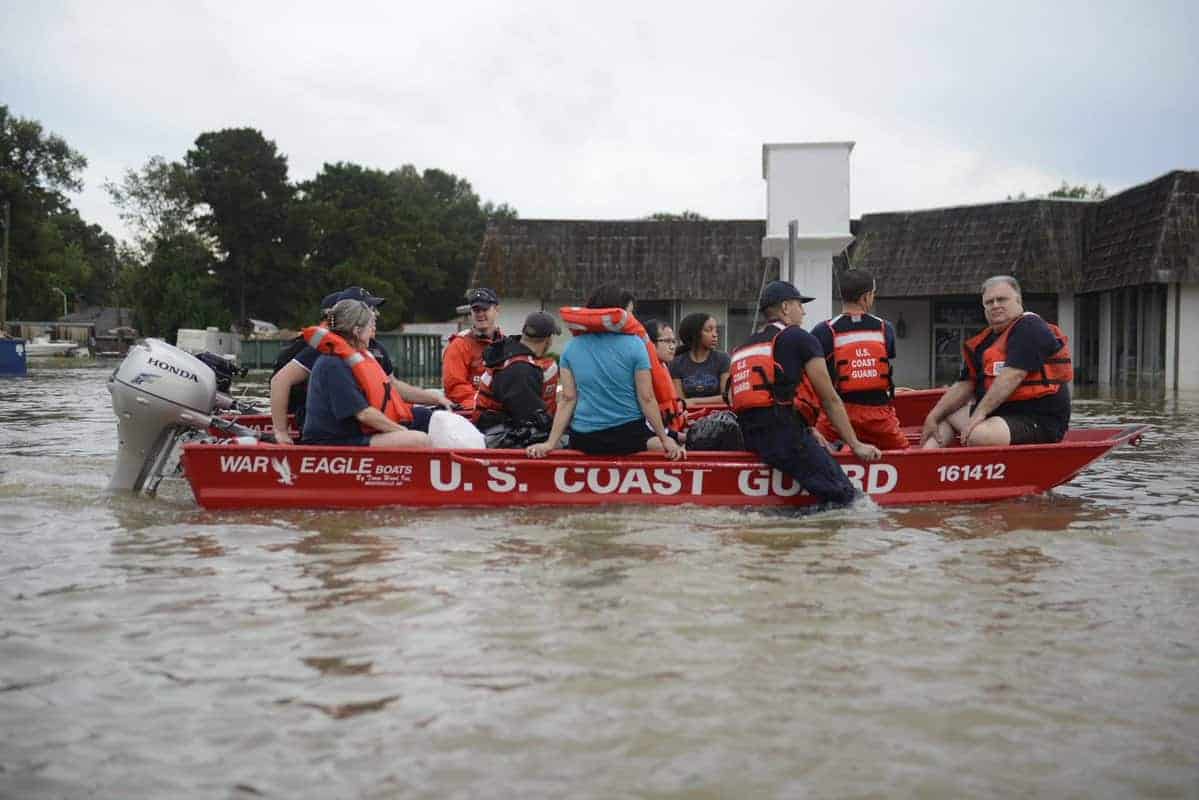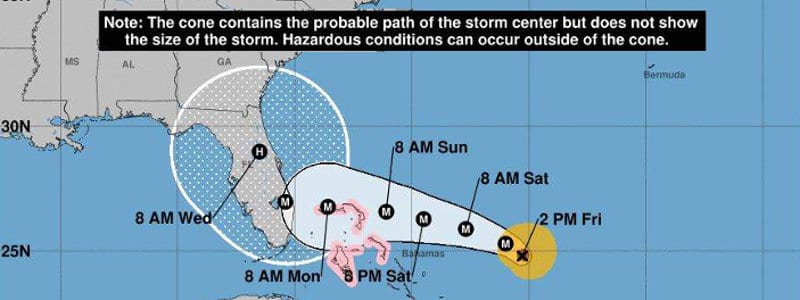Homeowner Insurance Policies Don’t Cover Flood Damage
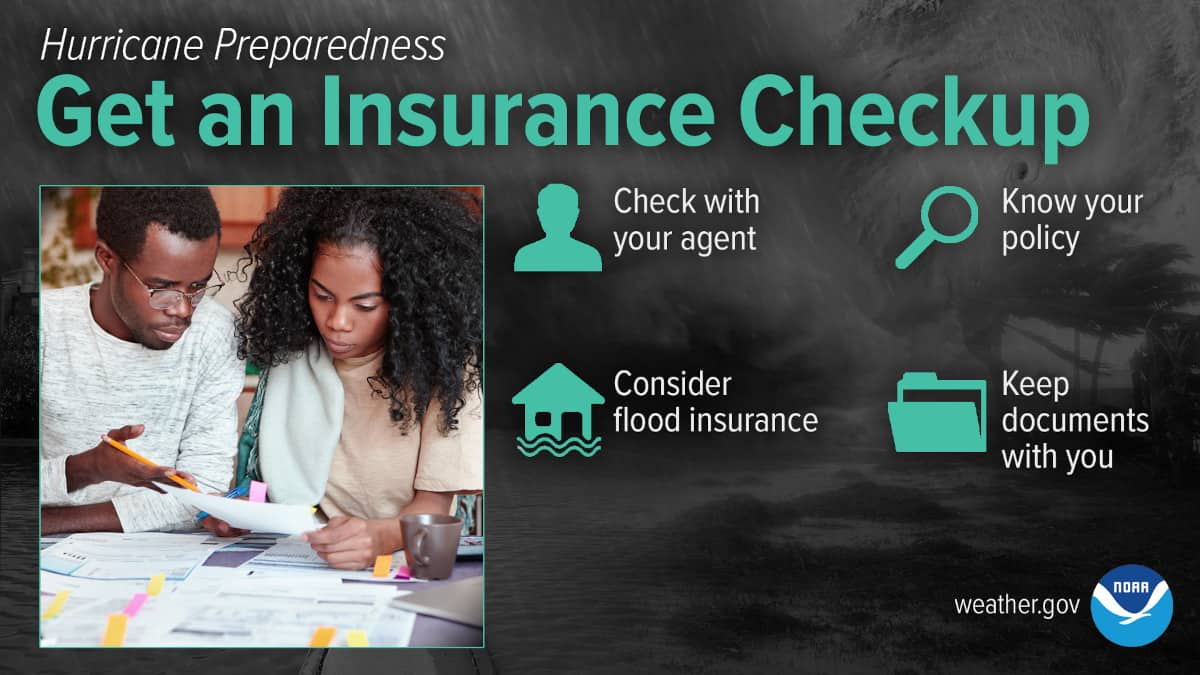
Homeowner Insurance Policies May Exclude Wind Damage
Tropical cyclones produce copious amounts of rain. The energy released when rain drops condense are what provide the storm with it’s high winds. Major Hurricanes can easily dump 12 inches of rain across a wide area while weaker storms produce local amounts that exceed two feet or more. Inland flooding results when the influx of rain overwhelms waterways and flood control systems.
Storm Surge comes ashore with the hurricane. Strong hurricane winds push water into a mound that forms in and around the eye. Coupled with very low atmospheric pressure, the water may exceed 20 feet in height above the current tide. Storm surge travels with the hurricane and begins to affect the shore hours before the eye makes landfall. Hurricane Katrina had a storm surge that topped 25 feet in some areas.
Tropical Storm Allison—a relatively weak tropical cyclone that flooded 70,000 homes and left 30,000 people homeless in Houston.
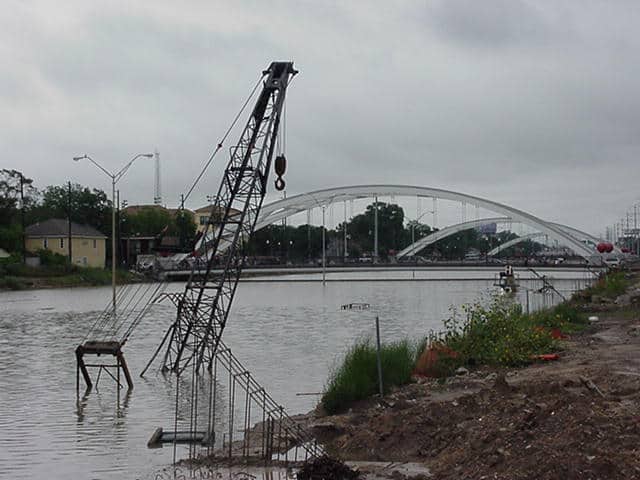
A Houston freeway submerged under more than 20 feet of water following Tropical Storm Allison.
Hurricane Preparedness
- Hurricane Hazards and Risk Factors
- Make a Hurricane Evacuation Plan
- Hurricane Preparedness Kits and Supplies
- Hurricane Insurance Checkup and Updates
- Prepare Your Home for Hurricanes
- Help Neighbors with Hurricane Preparedness
- Complete Your Hurricane Preparedness Plan
- Emergency Preparedness Tips
- How to Prepare for a Power Outage
- 10 Tips to Survive a Hurricane Disaster
- FEMA Recommends a Generator
- Hurricane Disaster Preparedness
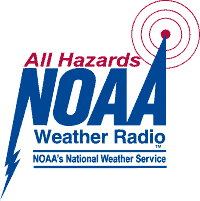
An NOAA Weather Radio Provides Alerts and Updates on Dangerous Weather Forecasts
Homeowner Insurance
Flooding: Homeowner insurance policies don’t cover damage caused by flooding. The National Flood Insurance Program issues policies to homeowners across the United States in participating communities. Some insurance agents provide National Flood Insurance as a service to their customers. A new policy has a 30-day waiting period before it goes into effect. An important steps in hurricane preparedness adds Flood Insurance before the season starts or updates existing coverage if you have made significant improvements or additions.
Wind: Most policies issued to homeowners along the United States Gulf and East Coasts exclude damage from hurricane-force winds. Exactly what is covered and what constitutes hurricane-force varies by state. A call to your insurance agent will clarify what is covered and what is not covered by your policy. Ask specific questions. If an additional rider or endorsement is required for wind damage, purchase the additional coverage before the first storms appear on the horizon.
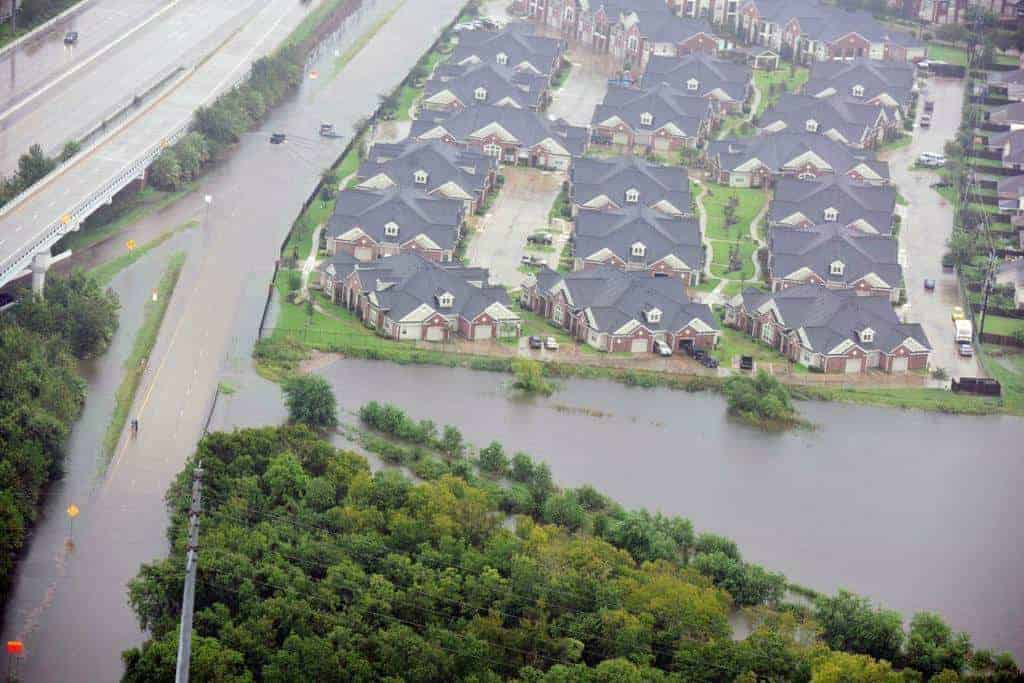
Extreme Rain and Inland Flooding
One-quarter of all deaths associated with hurricanes are caused by inland flooding. Tropical cyclones move slowly and sometimes stall over land or change course. This allows more rain to fall in localized areas resulting in catastrophic flooding.
In 2001, Tropical Storm Allison formed out of a tropical wave over the Gulf of Mexico in early June. It struck the Texas coast and moved inland, eventually reaching Luftin, Texas where it met a high pressure system and stalled before it changed direction and moved back over the Gulf of Mexico.
While over Texas, Allison dropped more than 40 inches of rain. Houston had 70,000 flooded homes and more than 30,000 people were left homeless. Forty-one people died as result of the storm. Damage estimates in Texas topped 5.5 billion dollars.
But Allison wasn’t finished. It’s remnants stalled over the Gulf of Mexico, strengthened as it moved northeast until it made landfall a second time at Morgan City, Louisiana with winds of 45 MPH. Twenty one tornadoes added to the destruction.
Tropical Storm Allison is a good example of why coastal and inland residents should not rely on the Saffir-Simpson Scale as a measure of a tropical cyclone’s strength. Allison was a relatively weak tropical storm that formed very early in the season, but it had a long history and a track that took it across a wide swath of the Gulf and Mid Atlantic States.

Hurricane Laura Storm Surge Damage: An empty platform places the storm surge at 17.2 feet. The platform on the left is only 2 feet higher. Photo by National Weather Service Lake Charles Storm Survey Team.
Storm Surge
Storm Surge is the most dangerous of all the hurricane hazards and accounts for 50 percent of all deaths and damage.
The swift rise of water catches people by surprise. As Hurricane Katrina crossed the Mississippi River south of New Orleans, storm surge a few miles north along the Mississippi coast had reach about 6 feet over the previous six hours. However, two hours later at 14:00 UTC, the water had risen to more than 20 feet. A rise of 14 feet in just two hours.
The water, driven by the hurricane’s extreme winds, causes considerable damage beyond a simple flood. It moves destructively and destroys buildings.

Storm surge refers to ocean water driven by the extreme winds of the cyclone that comes ashore or travels inland waterways. Water levels can rise fast. Hurricane Katrina saw storm surge rise over 20 feet in a few hours. Heavy surf adds to the danger and destruction as it rides on top of the surge. Storm Surge causes more fatalities and damage than any other tropical cyclone risk factor, including extreme wind.
Inland Flooding and Storm Surge Preparation
Weather radios are an essential piece of equipment for every household in the United States. Alerts issued by the NOAA and the National Weather Service provide invaluable information tools that saves lives.
Flash flood warnings saved hundreds of lives in Texas during Tropical Storm Allison. The average advance notice before a flood was just 39 minutes, and a weather radio can give you the most up to date information available ahead of local news stations who must receive the information, interpret it, and then rebroadcast it.
Flooding also contaminates water supplies. Each person needs a minimum of one gallon of drinking water per day, and another gallon for personal hygiene. Stock potable water in containers, and store it above rising water levels.
Isolated by flood waters, a backup generator for emergency home use can keep your food cold, your sump pump running, and even run your air conditioner. Standby generators work with an automatic transfer switch to isolate your home from the electrical grid and local distribution system while supplying you with the power you need to keep your family and property safe. They are automatic systems that operate on a home’s natural gas or propane supply and can run for extended periods without the need for refueling.

